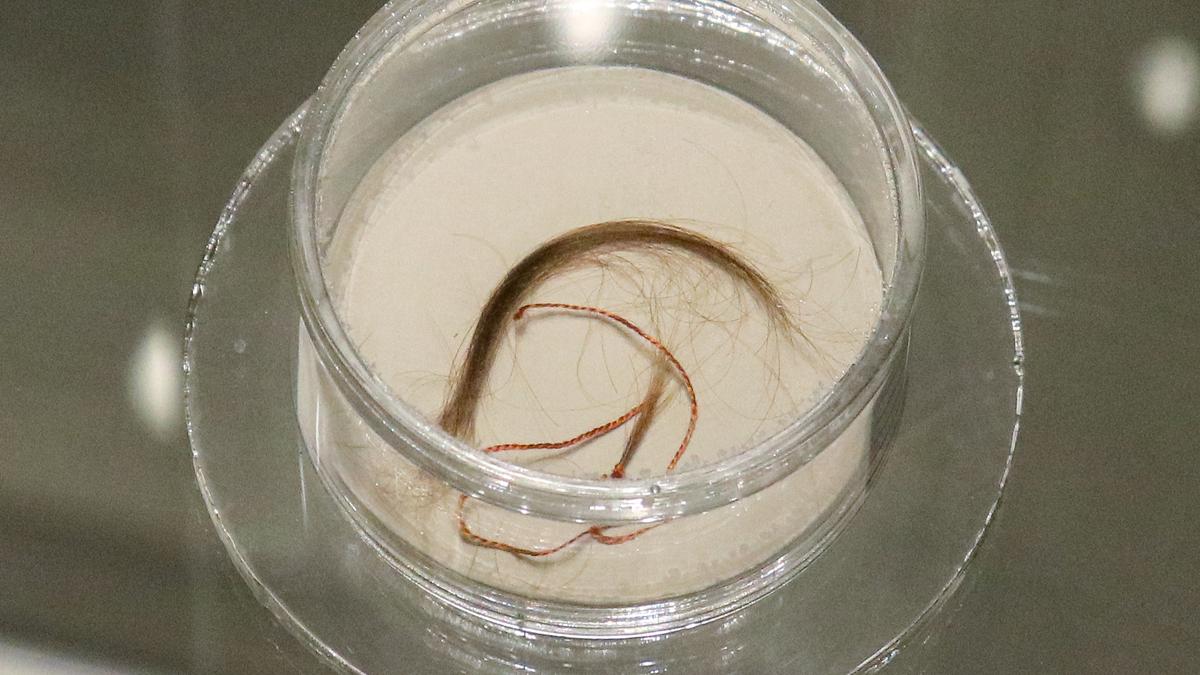
Late Bronze-Age hair reveals recreational drug use in Western Mediterranean Premium
The Hindu
In this week’s Science For All newsletter, Priyali Prakash explains how an analysis of late Bronze-Age hair reveals recreational drug use in the Western Mediterranean.
A study published on April 6, 2023, analysing hair specimens from Es Càrritx, a cave in Menorca, in the Balearic Islands of Spain, has revealed possible recreational drug use during the late Bronze Age, the oldest record of this activity in the Western Mediterranean region.
Scientists from Spain and Chile found hair strands in a single funerary site in Menorca and analysed them using an advanced technique that identifies the sample’s composition. The result of the analyses confirmed that the local communities of the Western Mediterranean island were using alkaloid-bearing plants by the beginning of the first millennium BC.
Researchers have already found evidence of human consumption of plant-based hallucinogens, psychoactive substances etc. in prehistoric times. Opium alkaloids have been detected in Late Bronze Age containers in the Eastern Mediterranean, while hallucinogenic compounds have been documented in pre-hispanic artefacts from the Americas. Psychoactive compounds of cannabis have been found in wooden braziers from China.
The new discovery of human hair from the Late Bronze Age in the Western Mediterranean provides scientists an opportunity to study its alkaloid content from as many as 3,000 years ago.
Speleologists Pere Arnau and Josep Márquez discovered the Es Càrritx site in 1995. Es Càrritx is in the Algendar ravine and is one of the most important Late Bronze Age sites on the island. According to the study, it is a type of cave that began appearing as a funerary structure – whose entrance was closed with the same type of cyclopean walls as used to build domestic boat-shaped habitational structures – around 1450 BC.
The study indicates that the hair of the deceased were treated in a similar way at the Es Càrritx cave as well as other burial sites in Menorca. The strands of hair the researchers found had been intentionally dyed at the site, presumably by other community members. Some locks of hair had been preserved in tubular wooden or antler containers.
Their analysis indicated the presence of the psychoactive plant species Datura stramonium, Hyoscyamus albus and Mandragora autumnalis in the hair. These compounds contain atropine and scopolamine. Researchers also found signs of Ephedra fragilis, which contains ephedrine.

In October this year, India announced its intention to build Maitri II, the country’s newest research station in Antarctica and India’s fourth, about 40 forty-odd years after the first permanent research station in Antarctica, Dakshin Gangotri, was established. The Hindu talks to Dr Harsh K Gupta, who led the team that established it

How do you create a Christmas tree with crochet? Take notes from crochet artist Sheena Pereira, who co-founded Goa-based Crochet Collective with crocheter Sharmila Majumdar in 2025. Their artwork takes centre stage at the Where We Gather exhibit, which is part of Festivals of Goa, an ongoing exhibition hosted by the Museum of Goa. The collective’s multi-hued, 18-foot crochet Christmas tree has been put together by 25 women from across the State. “I’ve always thought of doing an installation with crochet. So, we thought of doing something throughout the year that would culminate at the year end; something that would resonate with Christmas message — peace, hope, joy, love,” explains Sheena.











